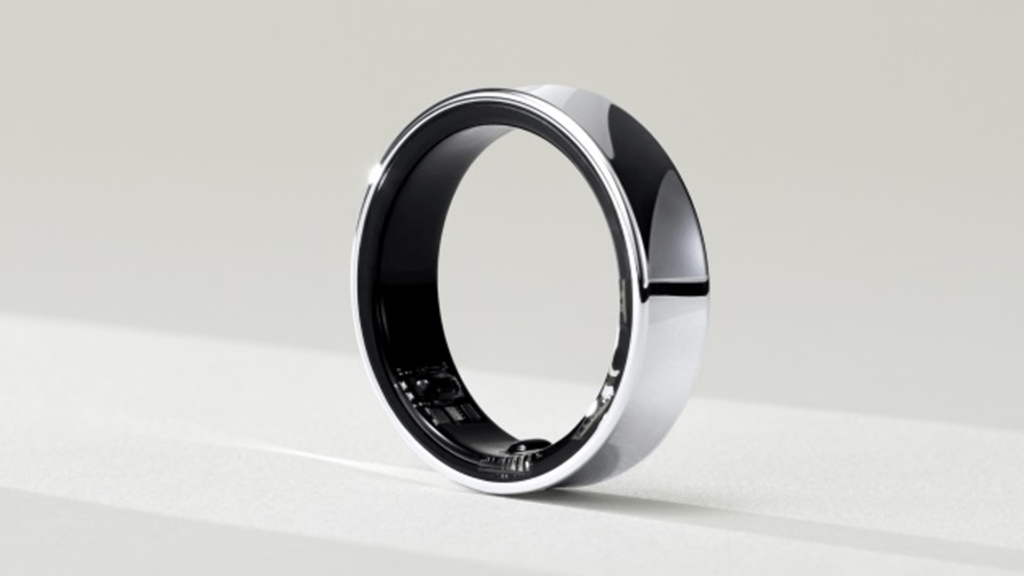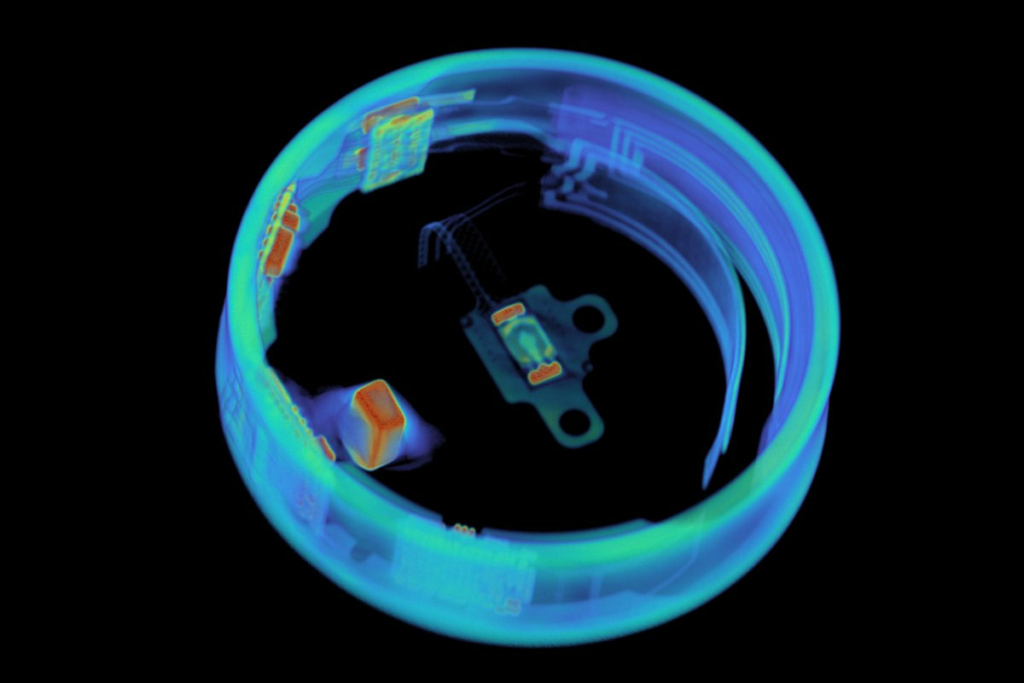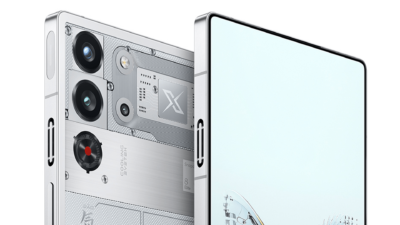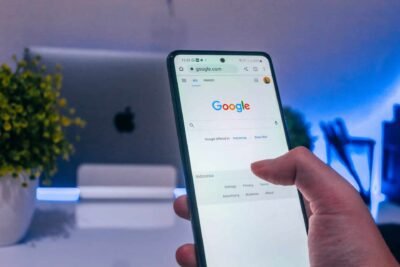Samsung Galaxy Ring is a disposable product

Samsung has entered the smart ring market with the Galaxy Ring. But an analysis by iFixit reveals a serious problem: The device is not repairable and becomes unusable after about two years. This means that the 450-euro ring is only a short-lived disposable technology. Samsung
Samsung Galaxy Ring: Innovation or electronic waste?
Samsung’s smart ring is designed to collect and evaluate health and fitness data, similar to its competitor Oura. But a detailed investigation by the repair specialists at iFixit casts a large shadow over the innovative wearable: The Galaxy Ring is practically irreparable and has a very limited lifespan.
iFixit In collaboration with Lumafield, we took a close look at the Galaxy Ring using CT scans and subsequent disassembly. The result is sobering: As with many modern wearables, it is impossible to replace the battery without destroying the device.

The main problem is the built-in lithium-ion battery. These batteries have a limited lifespan of around 400 charging cycles. With daily use, this corresponds to a period of just over a year; with a little goodwill, the period can be extended to two years.
After that, the battery performance drops rapidly, which severely limits the functionality of the ring. Interestingly, the experts at iFixit found a pressure connector between the battery and the circuit board inside the ring. This component is normally used for simple repairs, but here it is tightly sealed and is probably only used to simplify production.

Simple technology, complex problem
Despite its advanced features, the Galaxy Ring is technically relatively simple. It contains:
- A small lithium polymer battery (19.5 mAh for ring size 11)
- An inductive charging coil
- Green and red LEDs to measure blood oxygen levels
- Various microelectromechanical systems (MEMS) for motion measurement
Difficult dismantling and recycling
iFixit attempted to disassemble the Galaxy Ring to access the internal components. This involved melting and scraping off the plastic and resin coating on the inside of the ring with a dentist’s instrument. This process highlights how difficult it is to separate and potentially recycle the individual components of the ring. The problem is not limited to Samsung.
Other manufacturers such as Google also produce non-repairable wearables. The company recently confirmed that the Pixel Watch 3 must be completely replaced in the event of damage. With a price of around 450 euros, the Samsung Galaxy Ring is not a cheap gadget. Considering that the hardware is unusable after a relatively short time, iFixit comes to a harsh but clear verdict: “We cannot recommend buying such disposable technology.”
What do you think of the Samsung Galaxy Ring and similar wearables? Are you willing to compromise on durability for innovative features? Or do you think that such products are no longer up to date in view of the growing e-waste problem? Share your thoughts and experiences in the comments!










